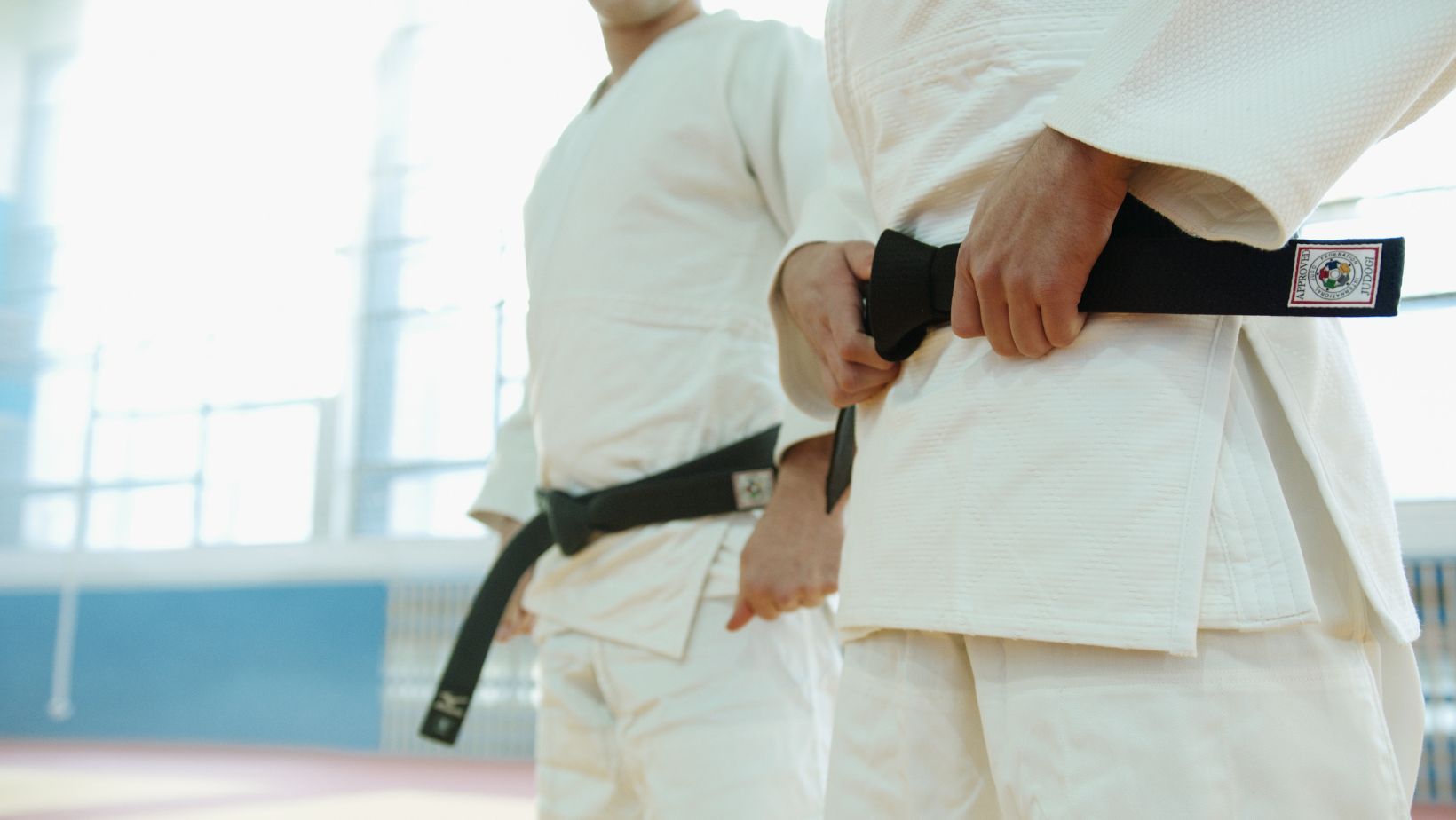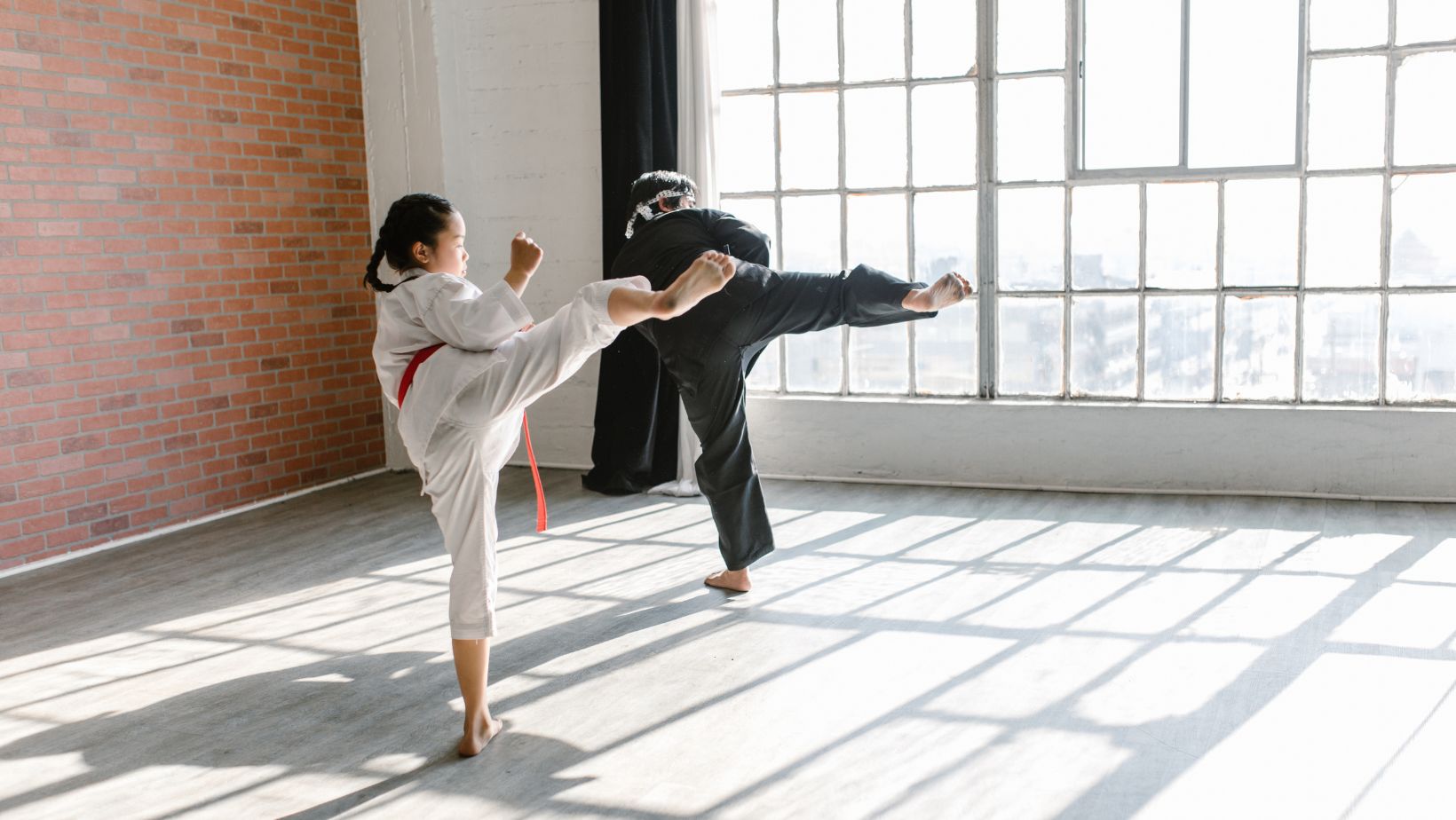
Karate and Taekwondo are two of the most well-known martial arts systems in the modern world. With a rich historical background and unique methods that have captivated practitioners all across the world, the subject of which is better frequently comes up. By providing information on their histories, techniques, philosophies, and competitive styles, this site seeks to break down the complex aspects of Taekwondo and Karate. Through a close look at their distinctive qualities, we hope to help people make an informed decision based on their preferences, goals, and the cultural significance these martial arts give.
Understanding The Origins
Understanding the history of Karate and Taekwondo is essential to understanding its fundamentals and figuring out which martial arts can be more suited to a person’s preferences.
Karate Origins
Karate originated in Okinawa, Japan, where it developed from a combination of Chinese kung fu and native Okinawan martial arts. With time, it evolved into a disciplined style of self-defense characterized by striking moves that prioritize force and accuracy.
Taekwondo Origins
Taekwondo originated in Korea and combined elements of Chinese, Japanese, and native Korean martial arts with traditional Korean martial arts. It is different from other martial arts in that it was developed following World War II and emphasizes dynamic kicking techniques heavily.
Key Differences in Techniques
The key differences between Karate and Taekwondo techniques are what give these martial arts their own identities and give their practitioners special methods for fighting and self-defense.
Karate’s Focus on Striking Techniques
Kicks, punches, and knee strikes are all part of the striking skills that are heavily stressed in karate. The methods emphasize the effective delivery of crushing blows and are distinguished by their power-to-precision ratio.
Taekwondo’s Emphasis on Kicks
On the other hand, Taekwondo is also known for its explosive kicking moves, which include jumping, spinning, and high kicks. In addition to being used for attacking moves, kicks are essential to defense tactics as well, which adds to the unique flair of the art.
Philosophy And Principles
Each martial art is unique in how it approaches discipline and personal growth because of its underlying philosophy and principles, which are important components that contribute to the character and culture of Karate and Taekwondo.
Karate’s Emphasis on Discipline and Self-Control
Karate, which is based on traditional values and beliefs, places a strong importance on self-control and discipline. A complete attitude to self-improvement is fostered by practitioners, who are not only trained in physical skills but also encouraged to develop mental toughness and spiritual awareness.
Taekwondo’s Focus on Courtesy and Integrity
Taekwondo’s philosophy is based on the values of integrity and courtesy. Respect, moral growth, and the significance of upholding one’s integrity both inside and outside of the training environment are stressed by the principles of the art. Beyond just the physical forms, taekwondo practitioners follow a code of behavior.
Sparring And Competition
In Taekwondo and Karate, sparring and competition offer a perspective that helps practitioners understand the unique strategies and styles of each martial art, which helps them choose the one that best suits their goals.

Karate’s Approach to Sparring
Points-based systems are frequently used in karate tournaments, where competitors participate in regulated sparring matches called Kumite. The focus is on accurate and strategic strikes, and points are given for good performance. This strategy illustrates how to balance attack and defense while highlighting the potency of conventional Karate techniques.
Taekwondo’s Sparring and Competition Dynamics
Taekwondo’s inclusion in the Olympics has had an impact on the competition style, emphasizing explosive and graceful kicking movements. The way the sport is structured emphasizes how much agility and quick, forceful kicks are valued in the art.
Self-Defense Applications
Examining the self-defense applications in Karate and Taekwondo gives light on how each martial art equips practitioners with skills to protect themselves in real-world situations, impacting the decision-making process of which may be considered better suited to personal needs.
Practical Self-Defense Techniques in Karate
Karate teaches effective self-defense moves, such as blows, blocks, and escapes. Karate emphasizes the practicality of these techniques by providing practitioners with a wide range of skills to counteract different types of violence.
Taekwondo’s Self-Defense Philosophy and Techniques
Traditional methods are modified for practical self-defense in the Taekwondo philosophy. Kicks are a major part of this philosophy, but Taekwondo practitioners are also taught how to use these dynamic techniques in non-competitive settings, showcasing how flexible the art can be when used for self-defense.
Considerations For Choosing Between Karate And Taekwondo
When choosing between Karate and Taekwondo, it’s important to take into account several aspects to make sure the martial art of choice fits with the person’s interests, goals, and lifestyle. The following are important factors to take into account when making a decision:
Personal Goals and Preferences
Understand your goals for learning martial arts. Karate can be a good fit if you value striking techniques combined with discipline. On the other hand, Taekwondo might be a better fit if you like agility and dynamic kicks.

Fitness and Flexibility Aspects
Consider the physical requirements of every martial art. Karate prioritizes strength and accuracy, whereas Taekwondo lays a big emphasis on flexibility and dynamic kicks. Select the one that best suits your fitness goals and level of ability.
Cultural and Philosophical Alignment
Examine the philosophical and cultural components of Taekwondo and Karate. A satisfying training experience is facilitated by the philosophical components of every martial art, so think about the values and ideas that speak to you.
Availability of Schools and Instructors
Look into the availability of Taekwondo and Karate schools, as well as certified instructors, in your area. For efficient learning and skill development, it is essential to have access to a respectable institution with skilled instructors.
Conclusion
In conclusion, the question of which is better—Karate or Taekwondo—relies on personal compatibility, preferences, and ambitions. Karate emphasizes strong, accurate punches, whereas Taekwondo focuses a lot of emphasis on dynamic kicks. Despite these differences, both martial arts techniques offer unique qualities and advantages. Personal interests, health goals, and preferred fighting style should all be taken into consideration while choosing between Taekwondo and Karate. The efficiency of any martial art ultimately rests on how committed the practitioner is, how well they practice, and how well their strengths and limitations mesh. It is more suitable to recognize the distinctive qualities of each discipline and select the one that best fits personal tastes and objectives rather than declaring a clear winner.













